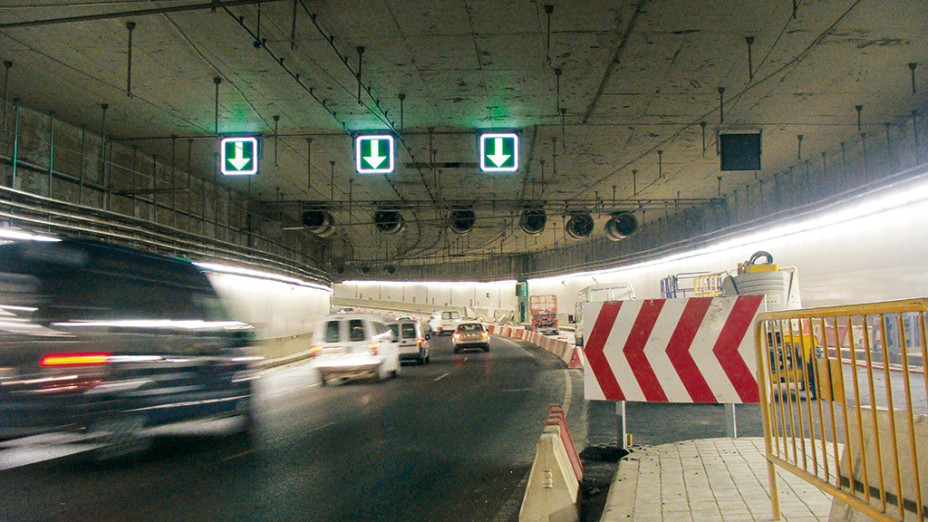Our tunnels have been constantly in the news lately. Fire reporting procedures are being adjusted and at the end of March a fire in the technical area of the Schiphol tunnel caused traffic disruption for several days. It now even appears that the concrete may be less resistant to fire than previously thought. Is it high time to give the option of extinguishing systems in tunnels a real chance?
At the end of June an article on this subject appeared in the AD (article). It concerned the discussion about whether or not to use an extinguishing system in the Leidsche Rijn Tunnel. This safety question has been around since the end of 2005. What to do if things go wrong? Water mist system or not? The fire brigade recommends a water mist system, but the risk is considered acceptable.
Despite this statement, this subject was again discussed in 2008, this time by a new mayor and fire chief. The same observations are made again and again the position "no extinguishing system" is maintained.
While the proponents of a water mist system want to convince the various stakeholders with good and substantiated arguments, the opponents come up with various assumptions about possible diversion routes after a disaster, overestimated purchase and maintenance costs and the claim that the operation of a water mist system has not been proven. .
The last statement in particular is one that is completely out of the blue. This would almost insinuate that the choice for a water mist system in a tunnel, which is made in the surrounding countries, was made without any substantiation of the operation of the system. Fortunately, a significant number of tests have shown that these systems actually work and that a large truck fire in a road tunnel can easily be controlled with a water mist system.
